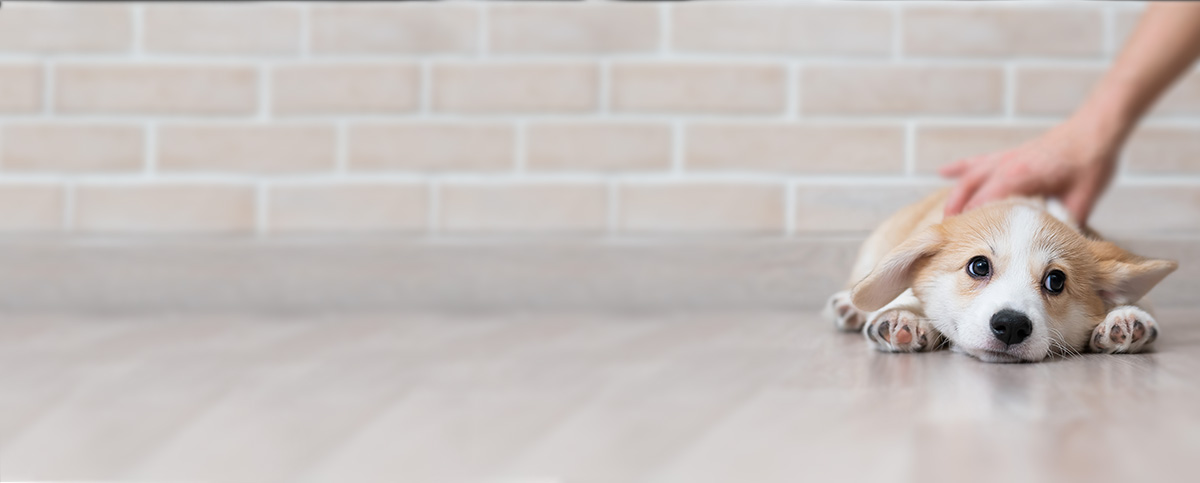Umbilical Hernias
An umbilical hernia is when there is hole in the abdominal wall (the muscle and tissue that hold the organs in), allowing abdominal contents to protrude through the hole.
 This occurs at the umbilicus (belly button) in young animals. Before the baby is born, the umbilicus is the attachment between the mother and the baby. Blood vessels pass through the umbilicus, and when the baby is born, the umbilical hole should close. If the hole does not close, it allows abdominal contents to protrude as a bump on the animal’s belly, called an umbilical hernia. The cause of umbilical hernias is not known, although it is thought to be inherited.
This occurs at the umbilicus (belly button) in young animals. Before the baby is born, the umbilicus is the attachment between the mother and the baby. Blood vessels pass through the umbilicus, and when the baby is born, the umbilical hole should close. If the hole does not close, it allows abdominal contents to protrude as a bump on the animal’s belly, called an umbilical hernia. The cause of umbilical hernias is not known, although it is thought to be inherited.
Hernias can be dangerous if intestinal loops can come out the hole, get twisted, and be strangulated. In many cases, only a small amount of fat comes out through the hole. Some smaller hernias may close down over time, leaving the fat trapped outside the abdominal wall. This generally does not cause problems.
Your veterinarian should evaluate your pet’s hernia to see if it is a risk for intestinal strangulation. If it is, we may recommend immediate surgical repair for your pet. Otherwise, we often correct hernias at the time of spay or neuter. If the hernia is very small or has already closed, it may not require repair.
What to Watch For:
A hernia that was previously reducible that is no longer soft and able to be pushed back in
Signs of intestinal strangulation:
- Painful or inflamed hernia
- Vomiting
- Abdominal discomfort or pain
- Anorexia
- Depression
Hernias should be soft, non-painful, and easily reducible (easy to push back in). If it becomes hard or tender, this is an emergency!
Cookies on this website are used to both support the function and performance of the site, and also for marketing purposes, including personalizing content and tailoring advertising to your interests. To manage marketing cookies on this website, please select the button that indicates your preferences. More information can be found in our privacy policy here.


